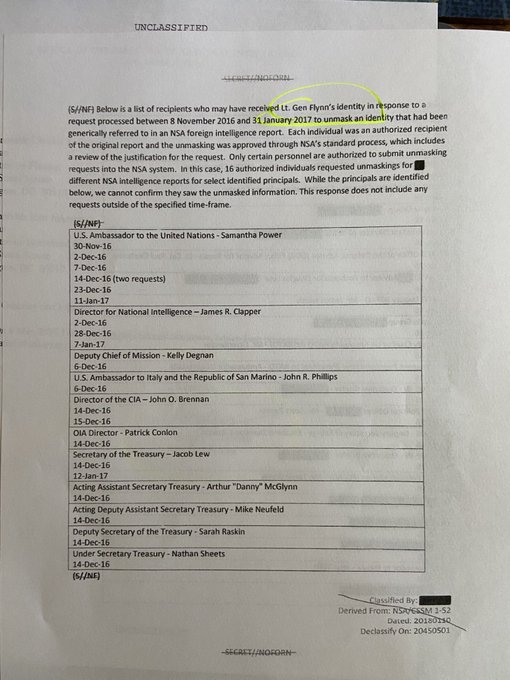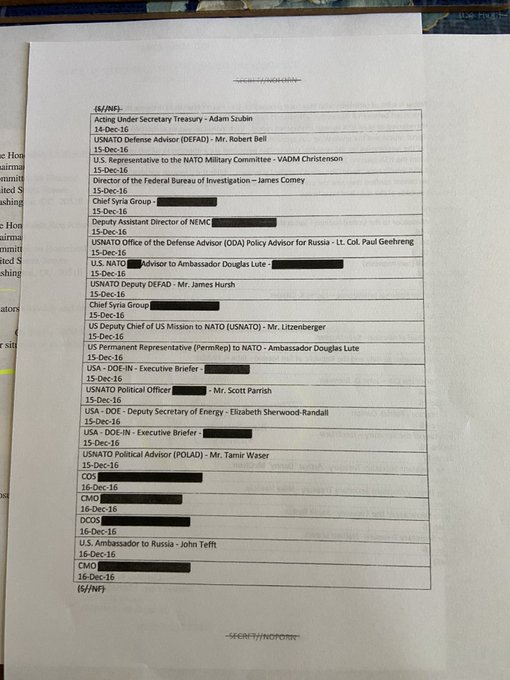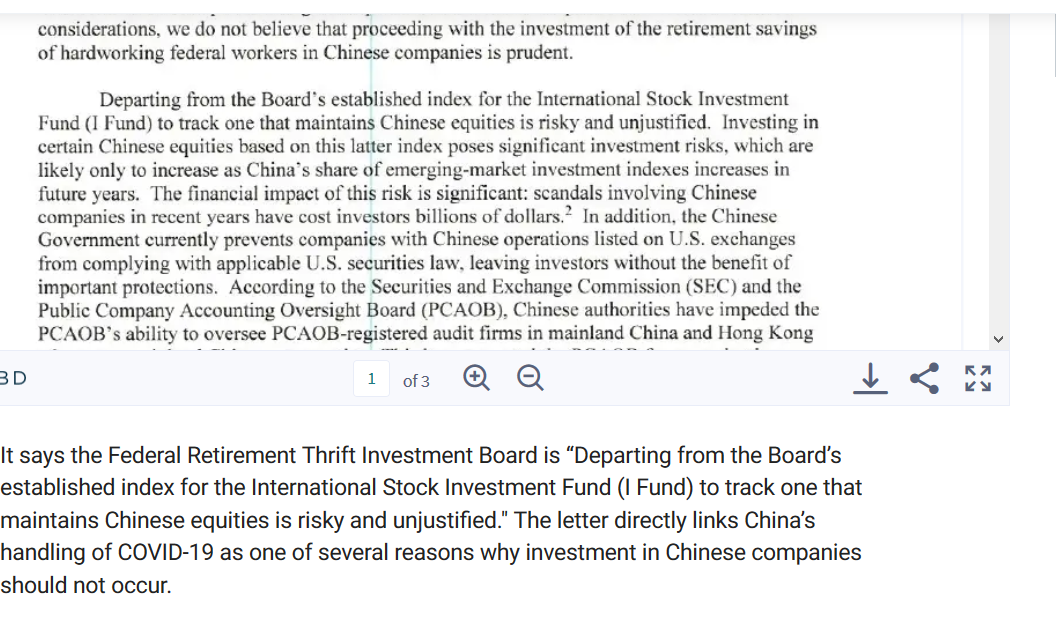Primer: The Chinese consulate in San Francisco is harboring a biology researcher who falsely denied connections to the Chinese military to obtain a visa and gain access to the country, according to court documents filed by the FBI.
The filing came as part of a document that cited a slew of other episodes in which Chinese nationals allegedly lied on their visa applications by hiding their military connections. More details.
Every country spies. And many countries — including the U.S. — use their diplomatic outposts to do it. But for years, China has used its embassies and consulates to do far more than that.
Why it matters: The Trump administration’s recent hardline stance against China’s illicit consular activities is a public acknowledgment of real problems, but it comes at a time when U.S.-China relations are already dangerously tense.
Driving the news: Last week, the U.S. demanded that China close its Houston consulate in order to “protect American intellectual property and Americans’ private information,” White House National Security Council spokesperson John Ullyot said in a statement.
- In response, the Chinese government ordered the closure of the U.S. consulate in Chengdu, a facility nestled in China’s more remote inland region that served primarily as a visa-issuing office for Chinese hoping to visit the U.S., and was not a major hub for U.S. intelligence activity.
Yes, but: The Houston consulate wasn’t China’s most important espionage hub.
- “San Francisco is the real gem but the U.S. won’t close it,” a former U.S. intelligence official told Axios.
- It indicates the Trump administration is likely making an example of the Houston consulate in a bid to achieve its goal of a reduction in Chinese espionage activities without taking an even harsher measure, such as closing the San Francisco or New York consulates.
The Chinese government has long used its embassy and consulates in the U.S. to exert control over student groups, collect information on Uighurs and Chinese dissident groups, and coordinate local and state level political influence activities.
Surveilling Uighurs: Leaked classified Chinese government documents have revealed that Chinese embassies and consulates are complicit in the ongoing cultural and demographic genocide against Uighurs.
- The CCP has sought to track down Uighurs who have left China and force them to return, with orders to place them in mass internment camps “the moment they cross the border.”
- China’s embassies and consulates have also collected information on Uighurs abroad and submitted that information to Xinjiang police.
- Consular officials have frequently refused to renew Uighur passports, telling them they must return to China in order to obtain new documents — only to be disappeared into camps as soon as they do.
Controlling Chinese students: The Chinese embassy and consulates keep close tabs on Chinese students in the U.S., occasionally sending them political directives and quietly organizing demonstrations.
- The Chinese embassy and consulates have paid students to demonstrate in support of visiting Chinese leaders, instructing them to crowd out anti-CCP protesters. They have also asked Chinese Students and Scholars Associations (CSSA) presidents to hold study sessions on party thought and to send back photos of the sessions to ensure compliance.
- “I feel like the tendency is that the consulate tries to control CSSAs more and more,” one CSSA president told me in 2018.
Supporting United Front organizations: Chinese diplomatic officials regularly meet with leaders of U.S.-based organizations tied to the United Front Work Department, the political influence arm of the CCP, and preside over the ceremonies and banquets held by these organizations.
- One such organization, the National Association for China’s Peaceful Unification, has branches in more than 30 U.S. cities. Its members issue statements in support of China’s official foreign policy positions, and the Chinese embassy and consular officials encourage them to engage in local U.S. politics.
The bottom line: Dealing with bad behavior by diplomats is a highly sensitive geopolitical issue that can easily result in damaged relations.
Go deeper … Mapped: Where U.S. and Chinese embassies and consulates are located
***
In part, how big a problem does the U.S. have regarding Chinese spies around the nation?
Economic Espionage
To achieve its goals and surpass America, China recognizes it needs to make leaps in cutting-edge technologies. But the sad fact is that instead of engaging in the hard slog of innovation, China often steals American intellectual property and then uses it to compete against the very American companies it victimized—in effect, cheating twice over. They’re targeting research on everything from military equipment to wind turbines to rice and corn seeds.
Through its talent recruitment programs, like the so-called Thousand Talents Program, the Chinese government tries to entice scientists to secretly bring our knowledge and innovation back to China—even if that means stealing proprietary information or violating our export controls and conflict-of-interest rules.
Take the case of scientist Hongjin Tan, for example, a Chinese national and American lawful permanent resident. He applied to China’s Thousand Talents Program and stole more than $1 billion—that’s with a “b”—worth of trade secrets from his former employer, an Oklahoma-based petroleum company, and got caught. A few months ago, he was convicted and sent to prison.
Or there’s the case of Shan Shi, a Texas-based scientist, also sentenced to prison earlier this year. Shi stole trade secrets regarding syntactic foam, an important naval technology used in submarines. Shi, too, had applied to China’s Thousand Talents Program, and specifically pledged to “digest” and “absorb” the relevant technology in the United States. He did this on behalf of Chinese state-owned enterprises, which ultimately planned to put the American company out of business and take over the market.
In one of the more galling and egregious aspects of the scheme, the conspirators actually patented in China the very manufacturing process they’d stolen, and then offered their victim American company a joint venture using its own stolen technology. We’re talking about an American company that spent years and millions of dollars developing that technology, and China couldn’t replicate it—so, instead, it paid to have it stolen.
And just two weeks ago, Hao Zhang was convicted of economic espionage, theft of trade secrets, and conspiracy for stealing proprietary information about wireless devices from two U.S. companies. One of those companies had spent over 20 years developing the technology Zhang stole.
These cases were among more than a thousand investigations the FBI has into China’s actual and attempted theft of American technology—which is to say nothing of over a thousand more ongoing counterintelligence investigations of other kinds related to China. We’re conducting these kinds of investigations in all 56 of our field offices. And over the past decade, we’ve seen economic espionage cases with a link to China increase by approximately 1,300 percent.
The stakes could not be higher, and the potential economic harm to American businesses and the economy as a whole almost defies calculation. More details here.










